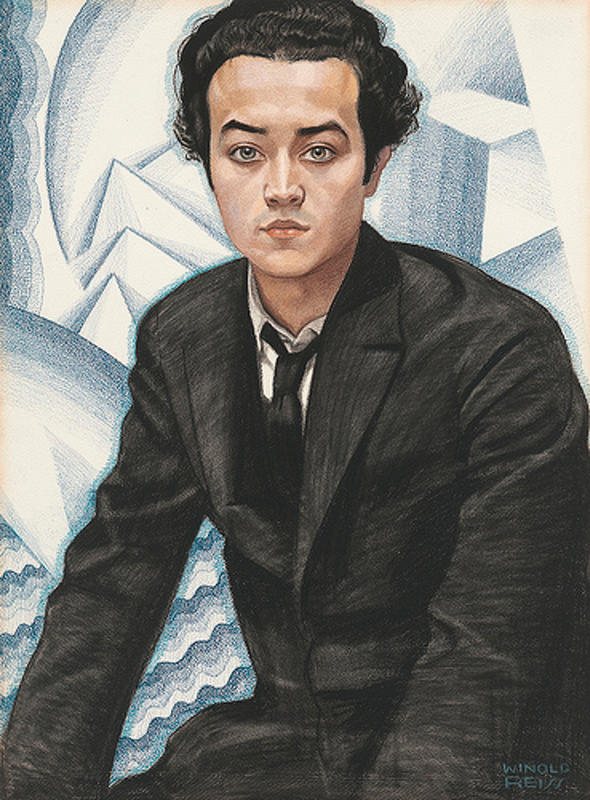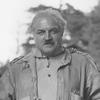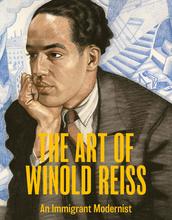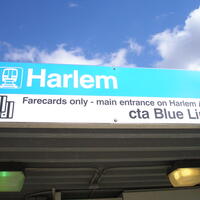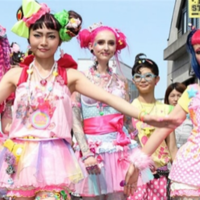More about Isamu Noguchi
- All
- Info
- Shop

Sr. Contributor
Winold Reiss found his poster boy in Isamu Noguchi.
An artist whose forte was re-imagining the “noble savage” for the art deco age, Reiss draws Noguchi as a Valentino in honey against an edgy futurist backdrop. He’s the most sinfully good-looking heartthrob of modernism, with the effeminate sensuality of hedonistic youth.
The original citizen of the world, with Yoko Ono’s artistic sensibilities and Howard Hughes’ sex life, Noguchi could have only been the bastard son of an American lady journalist and a Japanese poet. He was a renaissance man of the 20th-century for whom style was a religion: portrait sculptor to the stars, public artist, set designer to Martha Graham, with a line of ultra-chic furniture that still sells after 70 years ("Calling Dr. Frazier Crane, your table is in..."), this international playboy’s greatest masterpiece was his lifestyle.
The notches on his Italian-leather belt included the married Surrealist muse Anna Matta, Indian Novelist and activist Nayantara Pandit, and professional party-girl Dorothy Hale (of Frida Kahlo’s The Suicide of Dorothy Hale). Hale jumped out of a high-rise in a black velvet evening gown and corsage that Noguchi had given her. Isamu, who had cocktails with Dorothy the night of her famous suicide, said of the incident, “She was a very beautiful girl, all my girls are beautiful,” which seems to sum up his attitude toward the ladies. He was married once (briefly, surprise, surprise) to Japanese-born international film and pop superstar, Shirley Yamaguchi, billed as “The Judy Garland of Japan.”
While he might not make the ideal prom date for your daughter, one has to admire him as a bad-boy rebel. Noguchi’s first gig was as an apprentice to Gutzon Borglum, the sculptor of Mount Rushmore, who scoffed at his abilities. Noguchi got the last laugh, turning Borglum’s kitsch vision of the American Dream on its head. His sculpture Death, of an African-American lynching victim, raised an eyebrow or two of conservative critics, who dismissed it as “a little Japanese mistake.”
Noguchi expressed his unique, multi-ethnic brand of patriotism by voluntarily enrolling in an internment camp during WWII, and later contributed to the design of the Hiroshima Peace Park. Not surprisingly, the FBI weren’t exactly fans.

